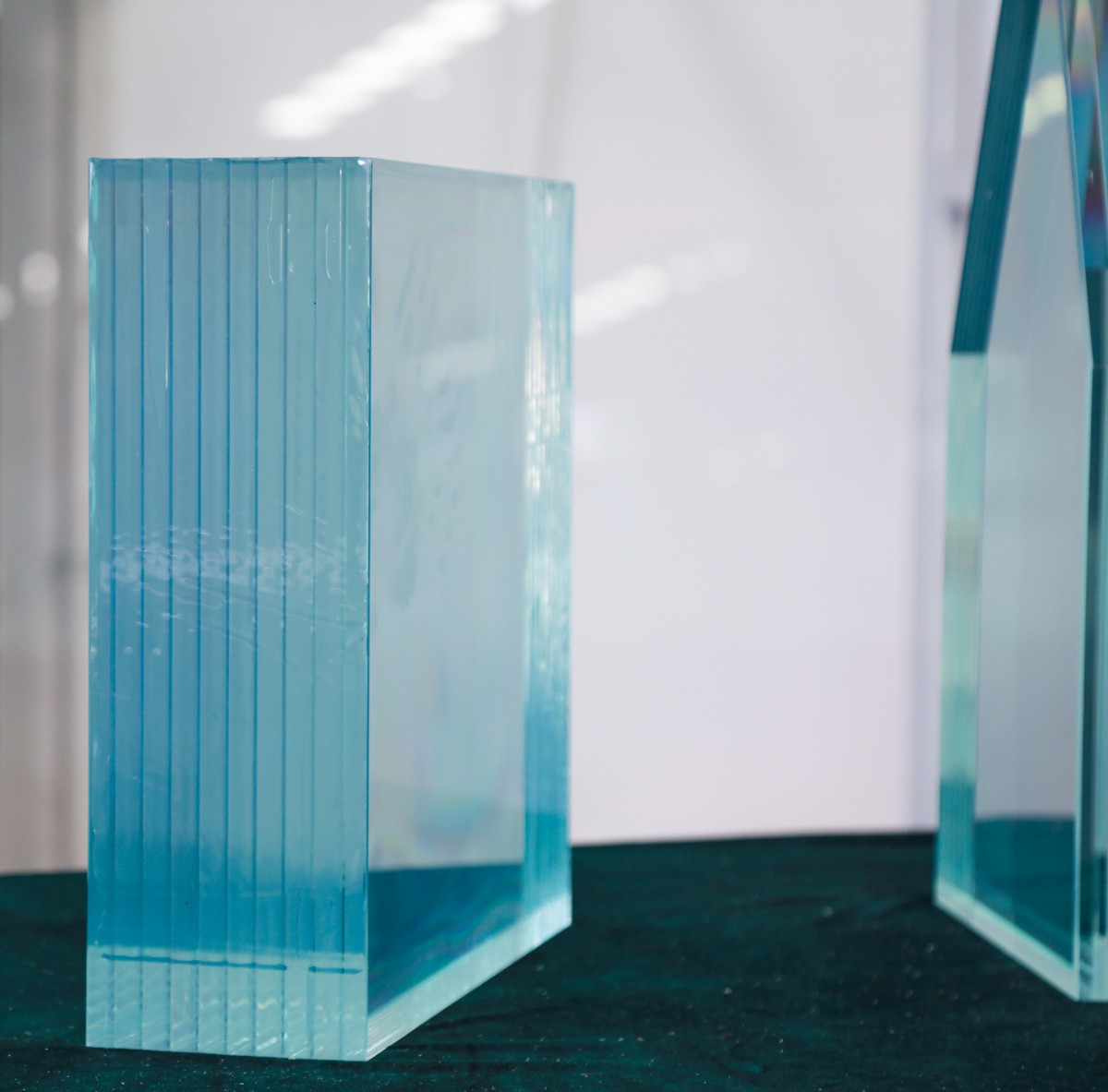When it comes to choosing the right siding for your home, the decision often boils down to two popular materials: metal and vinyl. Both options have their unique advantages and drawbacks, but a critical factor that homeowners frequently consider is longevity. In this article, we will delve into the durability of metal and vinyl siding, examining their lifespan, maintenance requirements, environmental impact, and overall value. By the end, you’ll have a clearer understanding of which material truly lasts longer and best suits your needs.
Understanding the Basics: Metal and Vinyl Siding
Metal Siding: Typically made from aluminum or steel, metal siding is known for its strength and resilience. It is often coated with a protective finish to prevent rust and corrosion, making it suitable for various climates. Metal siding is available in a range of styles and colors, allowing homeowners to achieve the desired aesthetic while benefiting from its durability.
Vinyl Siding: Vinyl siding is a synthetic material made from polyvinyl chloride (PVC). It is lightweight, easy to install, and comes in an extensive array of colors and styles. Vinyl siding is resistant to moisture and pests, making it a popular choice in many regions. However, its long-term performance can vary based on environmental factors and installation quality.
Lifespan Comparison: How Long Do They Last?
Metal Siding: One of the standout features of metal siding is its impressive lifespan. When properly installed and maintained, metal siding can last anywhere from 40 to 70 years. Factors such as climate, exposure to elements, and the quality of installation play significant roles in determining its longevity. Metal siding is particularly advantageous in areas prone to extreme weather conditions, as it can withstand high winds, heavy rain, and snow accumulation.
Vinyl Siding: In contrast, vinyl siding typically has a shorter lifespan, ranging from 20 to 40 years. While advancements in manufacturing have improved the durability of vinyl, it is still susceptible to fading, cracking, and warping, especially in regions with extreme temperature fluctuations. The quality of the vinyl product and the installation process can significantly impact its longevity.
Maintenance Requirements: What to Expect
Metal Siding: While metal siding is generally low-maintenance, it does require periodic inspections and cleaning to prevent rust and corrosion. Homeowners should wash the siding annually to remove dirt and debris, and any scratches or dents should be addressed promptly to prevent further damage. Additionally, repainting may be necessary every 10 to 15 years, depending on the finish used.
Vinyl Siding: Vinyl siding is also low-maintenance, requiring only occasional cleaning with soap and water to maintain its appearance. However, homeowners should be vigilant about inspecting for cracks or warping, as these issues can lead to moisture infiltration and mold growth. Unlike metal siding, vinyl does not require painting, but it may need replacement if significant damage occurs.
Environmental Impact: Sustainability Considerations
When evaluating the longevity of siding materials, it’s essential to consider their environmental impact.
Metal Siding: Metal siding is often made from recycled materials, and it is itself recyclable at the end of its life cycle. This makes it a more sustainable choice for environmentally-conscious homeowners. Additionally, its durability means that it does not need to be replaced as frequently as other materials, reducing waste over time.
Vinyl Siding: While vinyl siding is also recyclable, the production process involves the use of fossil fuels and can release harmful chemicals. Furthermore, its shorter lifespan may contribute to more frequent replacements, leading to increased waste. However, some manufacturers are beginning to produce eco-friendly vinyl options that aim to mitigate these concerns.
Cost Considerations: Initial Investment vs. Long-Term Value
Metal Siding: The initial cost of metal siding is generally higher than that of vinyl siding. However, considering its longevity and low maintenance requirements, metal siding can offer better long-term value. Homeowners should weigh the upfront investment against the potential savings in maintenance and replacement costs over the years.
Vinyl Siding: Vinyl siding is typically more affordable upfront, making it an attractive option for budget-conscious homeowners. However, its shorter lifespan and potential for damage may lead to higher long-term costs if replacement is necessary.
Conclusion: Which Lasts Longer?
In the debate of metal vs. vinyl siding, metal siding clearly emerges as the winner in terms of longevity. With a lifespan of 40 to 70 years, it outlasts vinyl siding, which typically lasts 20 to 40 years. While both materials have their merits, metal siding offers superior durability, lower maintenance requirements, and a more sustainable profile.



